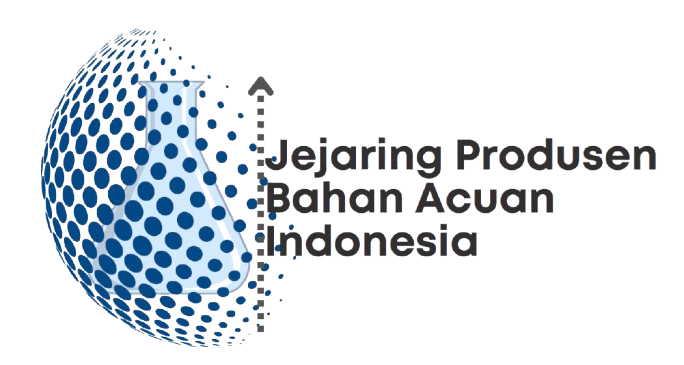Discover how Atalanta blends youth development and tactical innovation to thrive in Italian football, setting a benchmark in modern club management.
Atalanta’s Success Model: Development and Innovation
In an era of billion-dollar football clubs, global superstars, and intense financial competition, Atalanta Bergamasca Calcio has defied the odds. Nestled in the northern Italian city of Bergamo, Atalanta has quietly transformed itself from a mid-table side to a consistent Serie A force and European contender — all without breaking the bank.
What makes this transformation extraordinary is Atalanta’s unique JOMCUCI66 model, built on two core pillars: development and innovation. This article dives deep into how Atalanta have evolved into a symbol of sustainable football success, while challenging Italy’s biggest giants season after season.
🧱 The Foundation: A Club Rooted in Identity
Founded in 1907, Atalanta’s reputation has always revolved around its youth academy. Over the decades, it has developed a pipeline of talented players who often go on to shine in Serie A and beyond. But since the arrival of Gian Piero Gasperini in 2016, the club has undergone a strategic overhaul—one that blends tactical intelligence with homegrown development.
🧠 Gasperini’s Tactical Innovation
Gian Piero Gasperini is the architect of Atalanta’s modern success. Known for his aggressive 3-4-2-1 or 3-4-1-2 system, Gasperini’s tactics are unconventional but highly effective.
Key Tactical Principles:
- High pressing: Atalanta aggressively press opponents high up the pitch.
- Man-marking system: Each player takes individual responsibility defensively.
- Fluid attacking transitions: Midfielders and wing-backs surge forward in attack.
- Positional flexibility: Players rotate constantly to create overloads.
These ideas broke the mold in Serie A, where traditionally, clubs favored deep blocks and slower build-ups. Atalanta’s high-octane football stunned teams like Juventus, Napoli, and Inter.
📈 Data-Driven Scouting and Recruitment
Atalanta doesn’t buy superstars — they create them. Their recruitment focuses on undervalued talent, often from smaller leagues or young players with potential. Using data analytics, the club identifies players who fit their system, not just famous names.
Notable Transfers:
- Robin Gosens: Picked from Heracles Almelo, became one of Serie A’s best wing-backs.
- Teun Koopmeiners: Signed from AZ Alkmaar, now a midfield powerhouse.
- Rasmus Højlund: Bought at low cost, sold to Manchester United for a massive profit.
This model creates a profitable cycle — develop, perform, sell, reinvest.
🌱 Youth Development: La Dea’s Secret Weapon
Atalanta’s academy is among the best in Italy, regularly producing Serie A-ready talent. Known as La Dea, the club places trust in youth more than many top-tier teams.
Recent Graduates:
- Giorgio Scalvini: A modern centre-back with composure beyond his years.
- Alessandro Bastoni (now at Inter): Began in Atalanta’s youth system.
- Davide Zappacosta: Initially from the academy, returned as a seasoned pro.
Rather than loaning players endlessly, Atalanta integrates them into the senior squad through carefully planned progression.
⚽ Culture of Team Over Individuals
One of Atalanta’s underrated strengths is its team-first mentality. No player is bigger than the club. While they’ve sold stars like Papu Gómez, Cristian Romero, and Dejan Kulusevski, the system remained intact and effective.
This mentality fosters a resilient dressing room culture and ensures that tactical roles matter more than celebrity status.
💡 Innovation Beyond the Pitch
Atalanta’s innovation isn’t limited to tactics or recruitment. The club has invested in:
- Upgraded training facilities to support sports science and fitness.
- Analytical tools for opponent preparation and performance tracking.
- Bespoke nutrition and recovery programs to enhance player longevity.
These factors help the club punch above its weight against wealthier competitors.
🌍 Consistent European Performances
Since 2019, Atalanta has qualified regularly for European competitions, including reaching the Champions League quarter-finals in 2020. This success on the continental stage has boosted the club’s reputation globally.
Even more impressively, they’ve competed while maintaining financial discipline, unlike some Italian clubs that overextend.
📊 Stats That Prove the Model Works
- Top 5 Serie A finishes in 5 out of the last 6 seasons
- Over €300 million earned from outgoing transfers since 2018
- 60+ goals scored per season regularly — a huge number for a “non-top-three” team
- Consistently high pressing intensity (PPDA among lowest in Serie A)
These numbers aren’t just impressive—they’re sustainable.
🔮 What’s Next for Atalanta?
With more players like Ederson, Koopmeiners, and Scalvini coming into prominence, Atalanta’s future looks bright. Gasperini’s influence is still strong, but succession planning is crucial. If the club can find the right post-Gasperini coach who respects the same DNA, Atalanta will remain a force.
📣 Support Smart Football. Support Atalanta.
Atalanta stands as a beacon for clubs worldwide — proving that you don’t need the biggest wallet to win, just the smartest approach. Their blend of youth development, tactical courage, and innovation sets a gold standard in football.
If you care about the future of the game, support clubs that build sustainably, develop talent, and play intelligent football. Celebrate the journey of Atalanta — a small club doing big things.
Support intelligent, passionate football.

